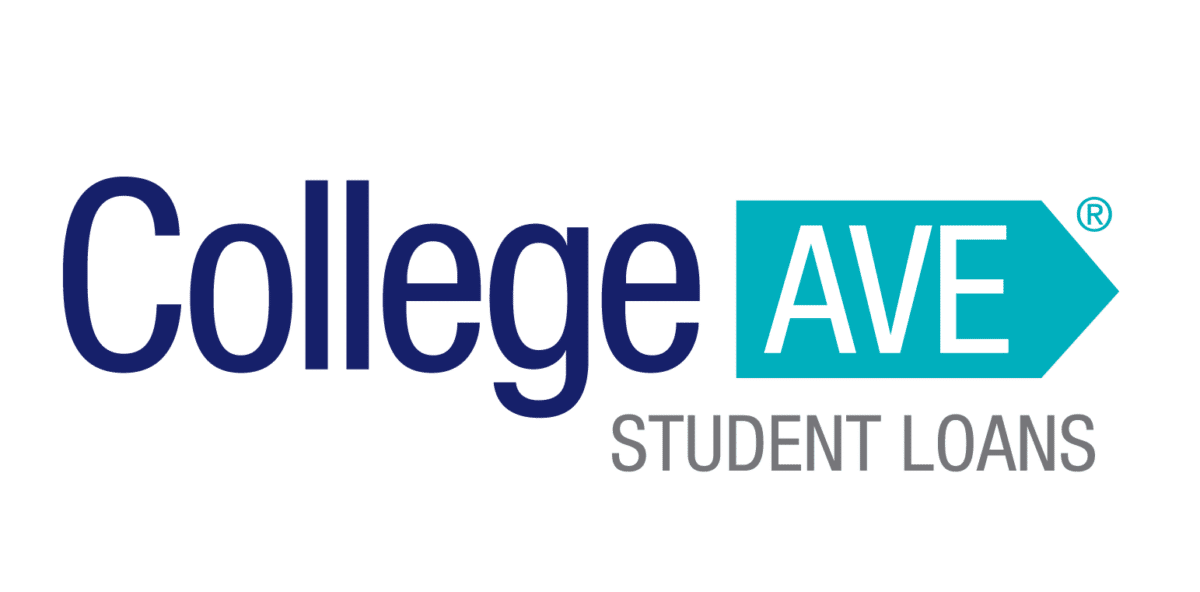
When paying for college, private student loans can fill a gap in the cost of attendance, especially if the financial aid you receive isn’t enough to cover your expenses. And, unlike federal student loans, there are no hard limits to how much you can borrow. Private loans are only limited to the cost of attendance, minus aid amounts.
However, before deciding to use private student loans, make sure you understand the ramifications and consider using all of your other options before getting private loans.
What are private student loan limits on borrowing?
Private student loan limits work differently than federal loans. Federal student loans have set limits for:
- Undergraduate students
- Graduate and professional students
- Independent students
For undergraduate students, there are also separate limits for unsubsidized and subsidized loans. The type of federal student loan you have matters.
None of this applies to private student loans. Instead, the maximum loan amount you can get usually depends on how much it costs to attend your school, minus any student aid you receive for the academic term.
If the cost of attendance is $15,000 for the year, for example, and you have financial aid amounting to $9,000, a private lender might only allow you to borrow up to $6,000 for the school year.
Private lenders might also consider whether you’ve already accepted federal student loans. If you’ve borrowed through the federal government, you might be approved for less than someone who hasn’t borrowed student loans from the government.
Your best option is to consider different types of loans and eligibility for aid. Then, you can speak with a private lender to learn about your options, including whether you need a cosigner to apply for a private student loan.
Private student loan limits by student type and awarded aid
Rather than looking at how much a lender lets you borrow, consider your total need and whether private loans truly fit into the picture. Below are some scenarios that can help you consider what might make sense.
Dependent student with a Pell Grant award
Filling out your Free Application for Federal Student Aid (FAFSA) determines your dependency status. You have to fill out this form each academic year. Generally, dependent students are undergraduates who aren’t married and don’t have circumstances that would make them considered financially independent from their parents or guardians.
A Pell Grant is a grant offered by the government and based on financial need and status as a full-time or part-time enrollment. You must be enrolled at least half-time to qualify for most federal student aid disbursements.
In this situation, a student might have a cost of attendance of $25,000 for the year. Let’s say they qualify for $4,000 in Pell Grants and are eligible for subsidized loans.
A first-year student can get $3,500 in subsidized loans and another $2,000 in unsubsidized loans. Altogether, that’s $9,500 in federal student aid. If the student doesn’t have any other scholarships, that leaves a funding gap of $15,500.
Before deciding on private loan funds, which require a good credit score to get the best interest rate, it might make sense to consider Parent PLUS Loans.
These loans come with some federal protections, and there’s a better chance of student loan relief later. Plus, if you don’t have a credit history to qualify for the best rate on private loans, the PLUS loan might be a better deal.
Independent student with a Pell Grant award
An independent student is an undergraduate who is married or meets other criteria for being considered independent from their parents or guardians. Graduate students are automatically considered independent for higher education purposes. When claiming this dependency status on the FAFSA, you must make sure to meet all the requirements.
In this situation, you’d likely take less in private student loans because the federal borrowing limit is higher for independent undergraduate students. Although the subsidized Direct Loan limit is the same for a first-year independent student as a dependent student, the Direct unsubsidized loan limit is much higher.
An independent student could get $6,000 in loans on top of the $3,500 in unsubsidized loans. The total amount of aid, in this case, assuming they still qualified for $4,000 in Pell Grants, would be $13,500, leaving a funding gap of $11,500.
However, without parents to agree as cosigners, it can be difficult to get private loans unless you have good credit. If you’re an independent student, but a parent can still get a PLUS Loan, it might be one way to reduce the need for private student loan programs.
Dependent student without a Pell Grant award
As a dependent student without a Pell Grant, you’re more likely to need to look for various other options if you want to reduce how much you take in student loans. A first-year student would hit federal student loan limits at $5,500, all of it in unsubsidized loans, leaving a funding gap of $19,500 if we use our example of a $25,000 cost of attendance.
Parents could get a Parent PLUS Loan instead of a private loan to cover the difference, which might make sense unless the family has a very high income.
Another option is attending a community college first for two years, which is cheaper, and then opt for an affordable university to finish out their degree for overall lower student loan debt.
This can also be useful in getting a transfer scholarship later. If you’re beyond your second year and get an associate’s degree while at community college, there might be scholarships available at a different school.
Explore private loan alternatives to pay for school
In general, it’s best to look for ways beyond private student loans and their requirements. Federal loans don’t start monthly payments until later and generally have more repayment options, don’t require a credit check, and offer access to forbearance and deferment.
Getting aid through the U.S. Department of Education can allow you to make use of grants and get loans that are likely to provide loan forgiveness. Grad PLUS Loans can serve a similar purpose for graduate students who run into loan limits when regular unsubsidized loan limits are reached.
Additionally, check with the financial aid office to find out what departmental scholarships and state-based grants are available to help reduce the amount of student loan debt. Federal work-study programs and other programs can also help as you work through your bachelor’s degree.
Before tying yourself down to future student loan payments, look for scholarships, grants, savings, and work to move forward.
Consider private student loan limits as a last resort
If you must include private loans in your college financing plan, be aware that some have variable interest rates. Variable rates can cost you more later, especially if you end up eligible for loan forgiveness had you borrowed federal loans instead.
Private loans should only be considered after you reach the maximum amount of federal loans and other federal aid and if it’s a better deal than PLUS Loans. For the most part, private loans are only good for high-income families or if there are problems accessing FAFSA due to DACA status or missing a FAFSA deadline.
Even if you’re at the annual limit for federal loans, consider scheduling a pre-debt consultation to determine how to make the most of your college dollars.
| Lender Name | Lender | Offer | Learn more |
|---|---|---|---|
| Sallie Mae |

|
Competitive interest rates.
|
Fixed 4.50 - 15.69%
Variable 6.37 - 16.78%
|
| Earnest |

|
Check eligibility in two minutes.
|
Fixed 4.67 - 16.15%
Variable 5.87 - 18.51%
|
| Ascent |

|
Large autopay discounts.
|
Fixed 4.09 - 14.89%
Variable 6.22 - 15.20%
|
| College Ave |

|
Flexible repayment options.
|
Fixed 4.07 - 15.48%
Variable 5.59 - 16.69%
|
